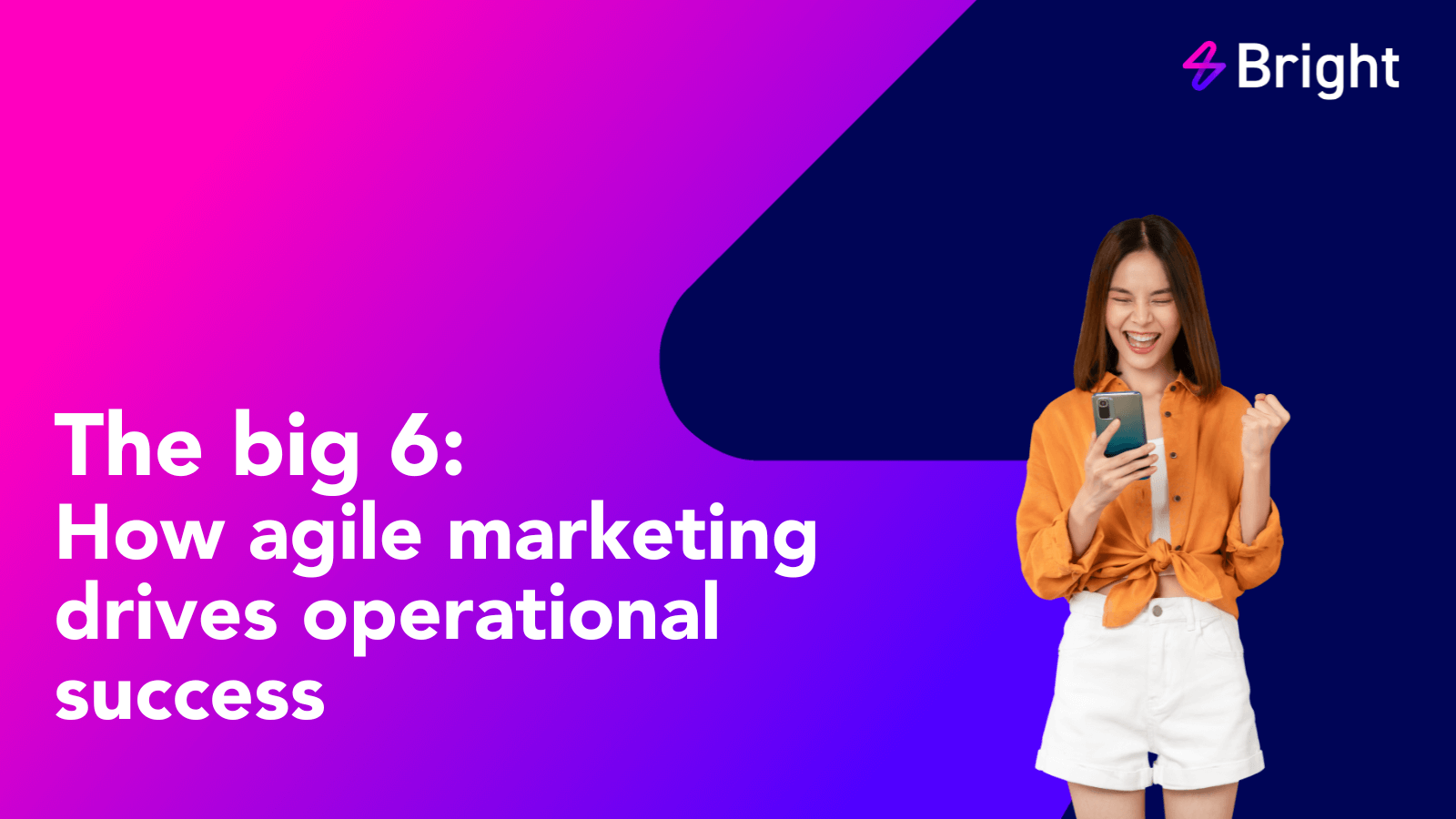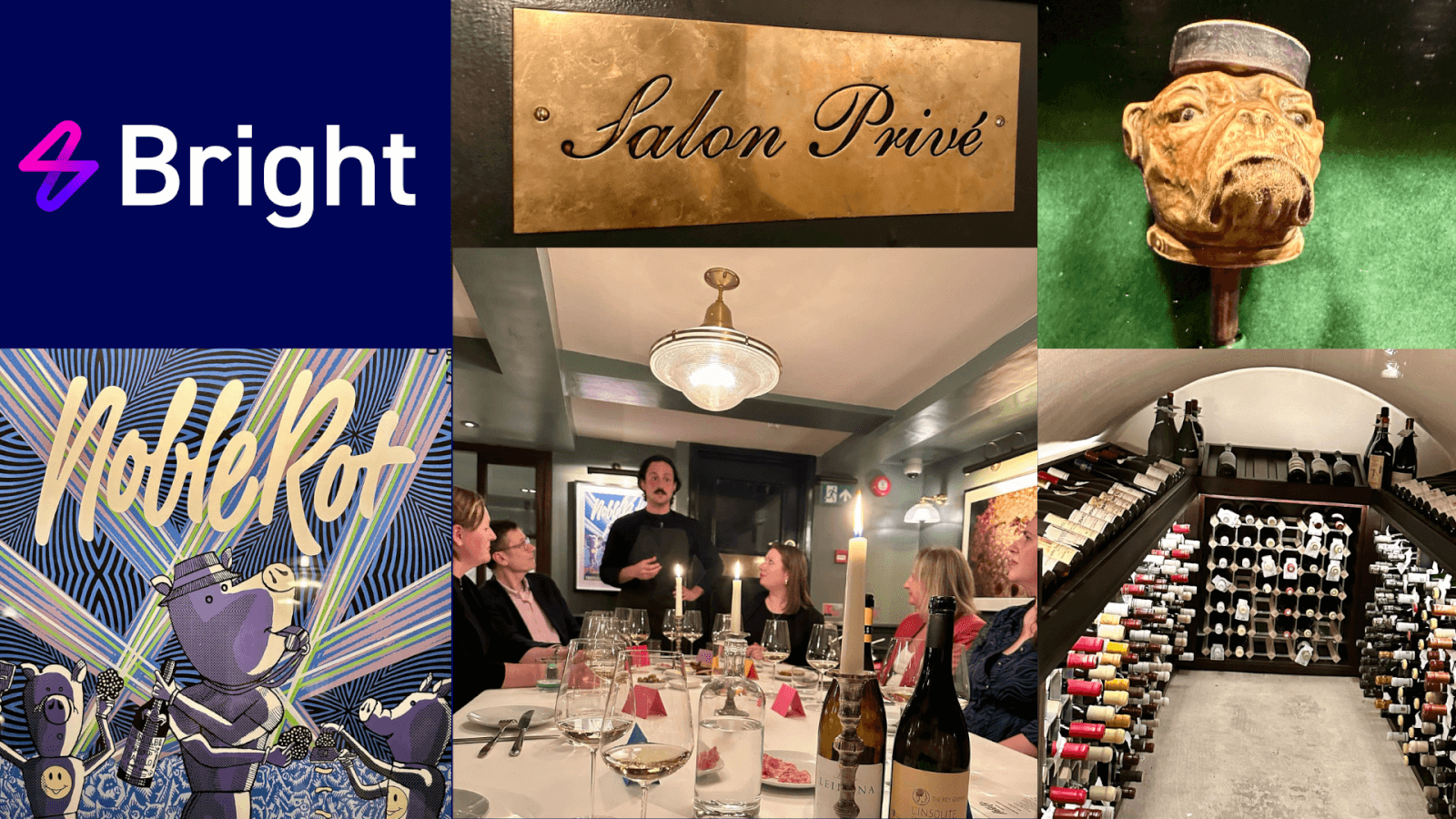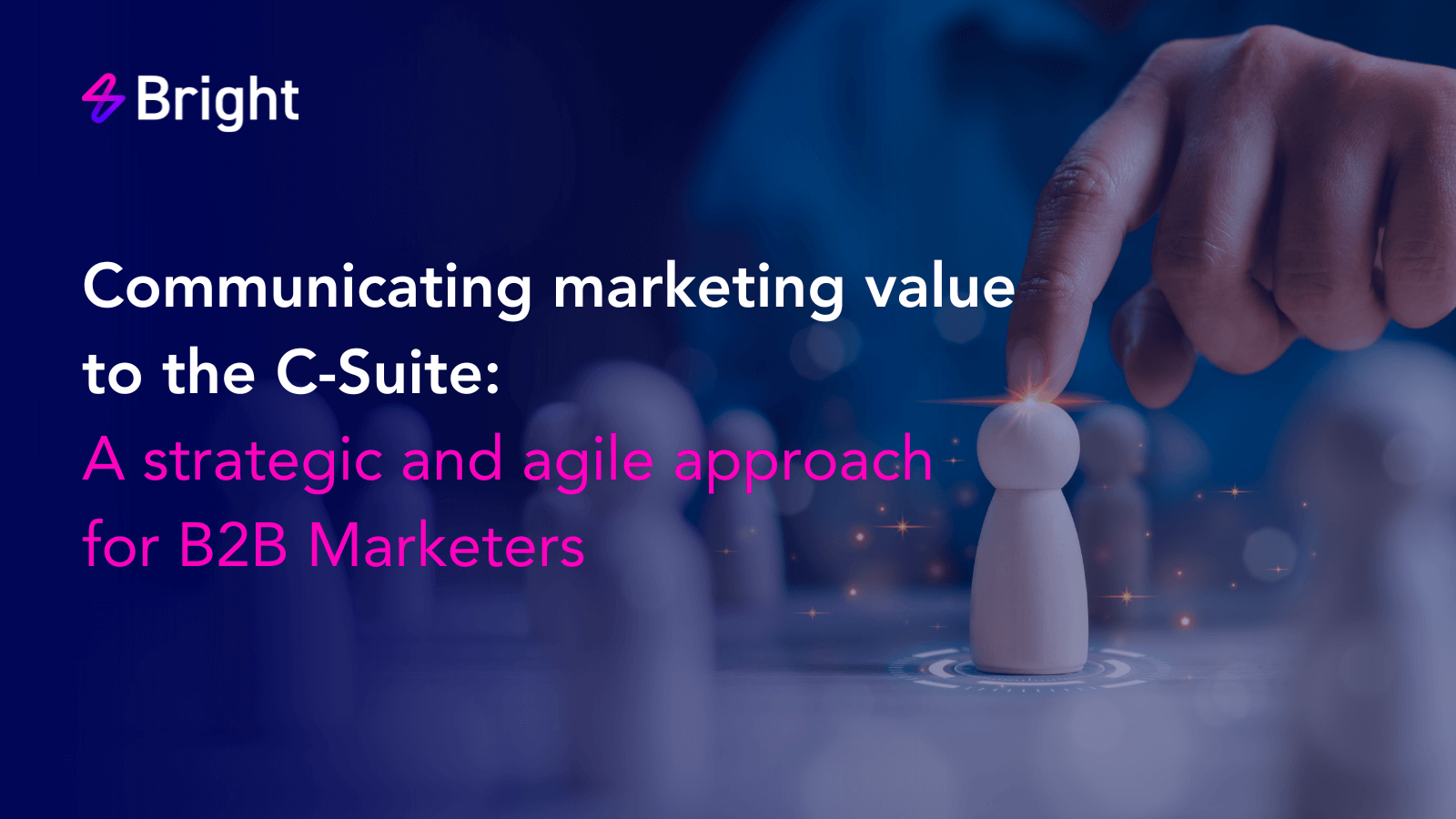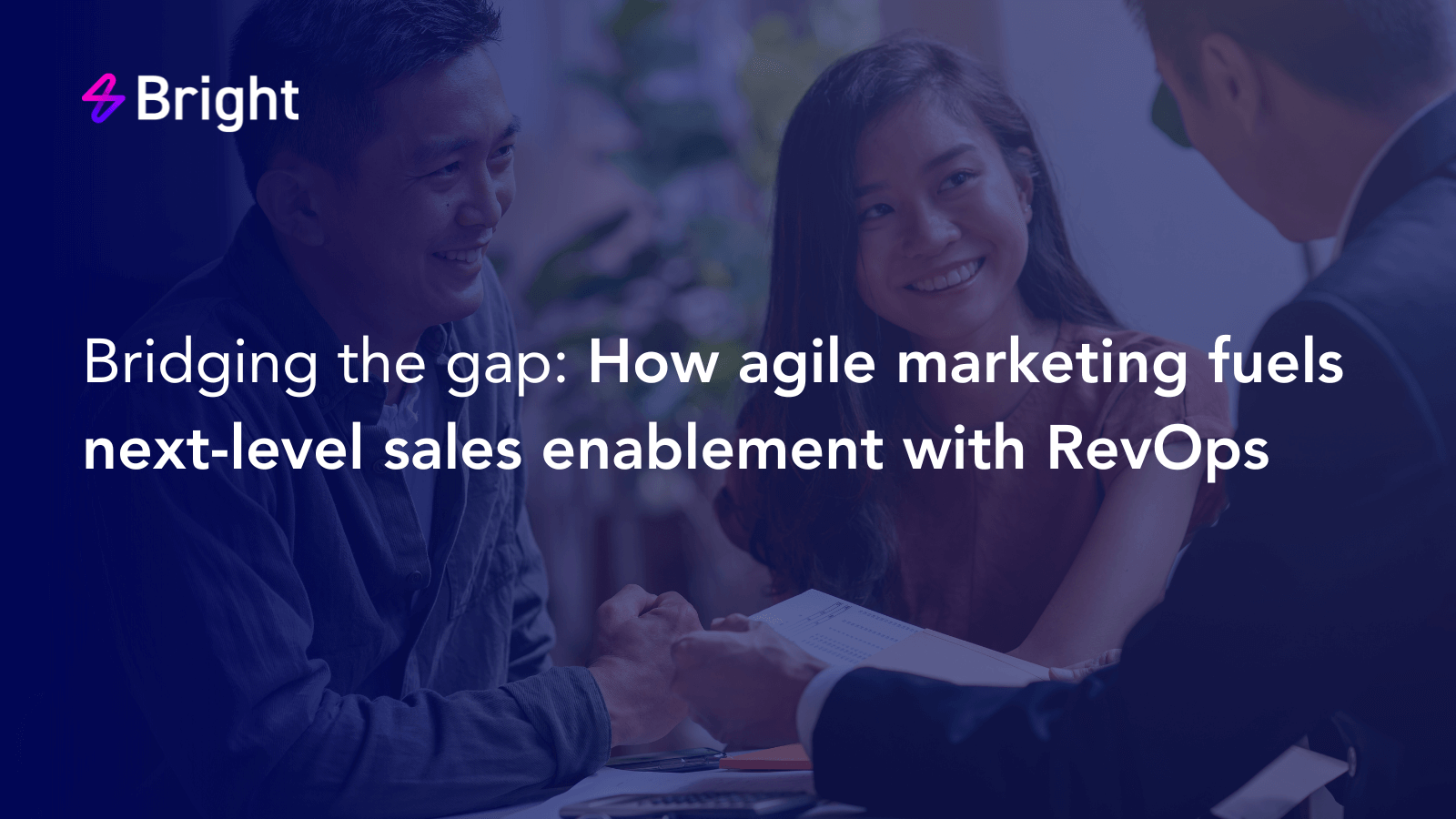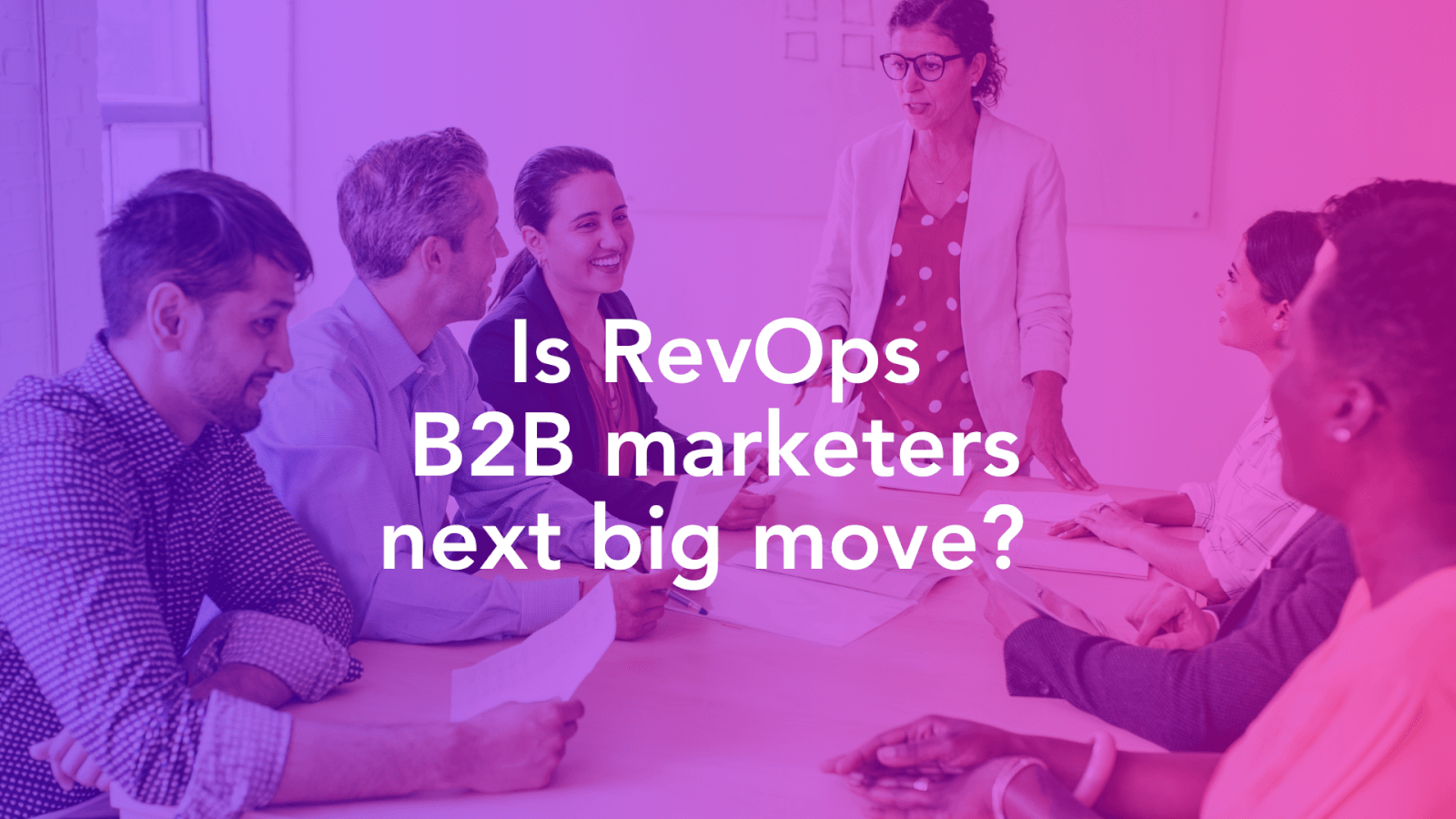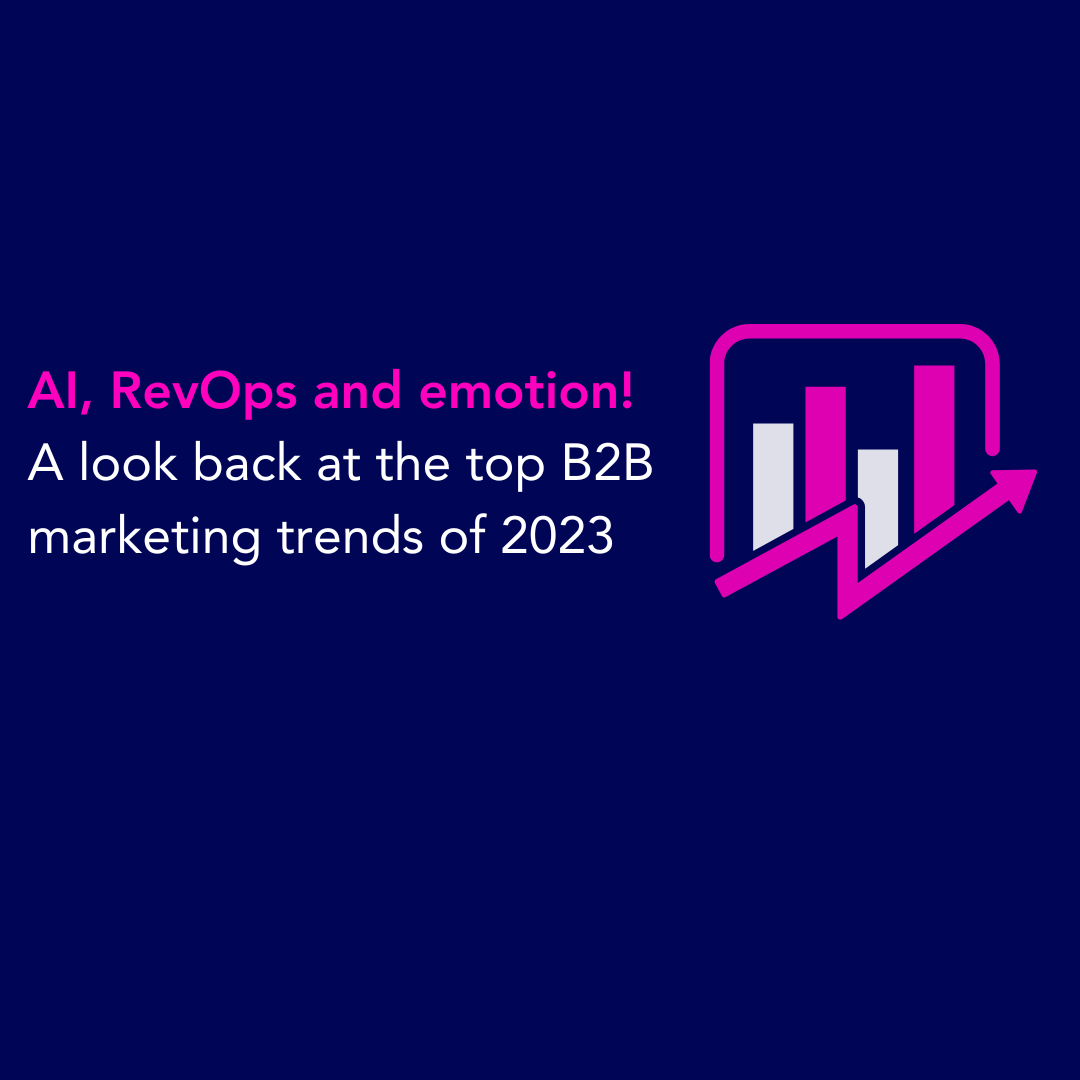Our panel discussion with industry leaders uncovered six actionable ways marketing ops teams can deliver efficient, effective, and engaging campaigns
Driving operational efficiency while creating marketing that engages your audiences is no small feat. Marketing operations are the backbone of high-performing teams that drive efficiency, improve workflows, and boost effectiveness. Agile marketing is now crucial in transforming marketing operations, helping teams streamline processes, and enabling a culture of continuous improvement.
In our recent panel discussion hosted by Zoe Merchant, MD of Bright and agile marketing expert, Amanda Green, Marketing Operations Director at Stenn, and Lisa Sutton, CRO and marketing ops specialist, we focused on how agile marketing is transforming marketing operations. We’ve summarised the six key drivers for success here in this briefing note.
Remove operational bottlenecks: Quick wins
To tackle bottlenecks Amanda, Lisa and Zoe recommended remaining agile and adaptable by establishing consistent and repeatable workflows and templates including:
- Briefing templates: Standardise templates to ensure all necessary information is available at the start of a project, helping avoid delays and miscommunication.
- Approval workflows: Simplify approval processes and use workflow management tools like Monday.com, Jira or Asana to automate and track them
- Kanban boards: Visual tools like Trello, Miro or Microsoft Planner can help manage and prioritise tasks, providing a clear view of tasks in progress and those needing attention.
Build a culture focused on growth and experimentation
For agile marketing to thrive, a culture that encourages experimentation is vital.
- Education on experimentation: Zoe stressed the importance of educating teams on the benefits of experimentation to reduce fear of failure
- Data-driven decisions: Without data and insights, experimentation is ineffective. Setting clear hypothesis, KPI and investing in reporting and tracking tools is essential to robustly test and learn from experiments, allowing your teams to iterate to drive continual improvement
- Risk-managed experimentation: Zoe emphasised using experimentation frameworks to manage risk effectively and ensure experiments are valuable without exposing the organisation to unnecessary risks.
Effective metrics for high-performing marketing ops
Data-driven decisions hinge on choosing the right metrics. Amanda and Lisa suggested focusing on:
- Efficiency gains: Measure productivity improvements in marketing workflows and campaign delivery
- Customer Lifetime Value (CLV): Understanding CLV in B2B marketing is key and tracking CAC (Customer Acquisition Cost) can help marketing operations teams make informed decisions that drive long-term value
- Data quality: Accurate and reliable data is the backbone of successful marketing operations, as it ensures other metrics are dependable.
Fostering collaboration and breaking down silos
Clear, open communication and cross-functional collaboration is essential in breaking down silos that hinder marketing effectiveness.
- Regular cross-functional meetings: Amanda recommended clinics, forums, and collaborative meetings to facilitate better communication and understanding between teams
- Knowledge hubs: Lisa suggested creating accessible knowledge hubs with key information, enabling teams to self-serve and access essential data without formal meetings. Bright frequently help clients establish centres of excellence to facilitate knowledge sharing to underpin marketing effectiveness.
- Reward and recognition: Celebrating cross-functional successes can build trust and foster teamwork, breaking down organisational silos.
AI and automation in marketing operations
The role of AI in marketing is growing, but it’s essential to approach it with clarity, including:
- Targeted use cases: Rather than viewing AI as a catch-all solution, focus on specific use cases, such as data insights, campaign personalisation, and process automation and set out small scale tests to understand the value, before scaling
- AI as an enabler: Lisa emphasised the importance of understanding the value AI can add rather than introducing it as just another tool and expecting marketers to figure out how to make best use of it
- The AI sandwich approach: Zoe introduced the concept of the “AI Sandwich,” where the process begins and ends with human input (the bread!), ensuring that the AI outputs (the filling!) are curated, relevant and accurate.
Preparing for future technologies in marketing operations
To make the most of new technologies, Lisa and Amanda advised:
- Starting small: Implement small, low-risk pilot programs, using a tool such as the Bright AI activation framework to allow teams to familiarise themselves with new technology without disrupting operations
- Stealth AI adoption: Both leaders acknowledged the need to manage “stealth AI” (AI tools adopted by individuals without formal approval) by setting guardrails, creating guidelines and offering training to maximise adoption benefits.
Ready to transform your marketing operations?
Agile marketing isn’t just a process—it’s a mindset that drives efficiency, collaboration, and customer-focused results. Start by fostering a growth mindset, tackling one workflow bottleneck, and piloting a small agile initiative.
With data-driven insights, collaboration, and smart use of AI, your marketing ops can thrive in today’s fast-changing environment.
Ready to secure greater marketing agility? Explore our Agile Marketing training and pilot campaigns. Get in touch to transform your operations.

